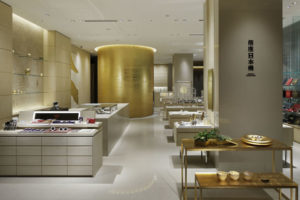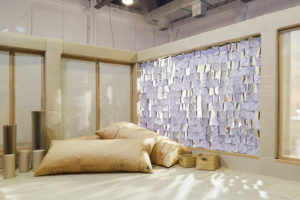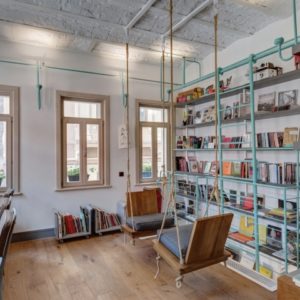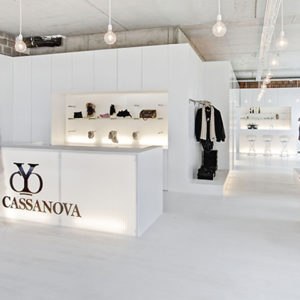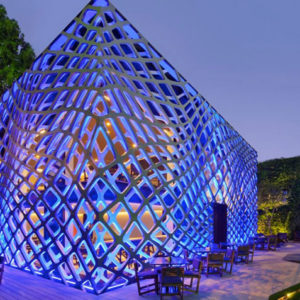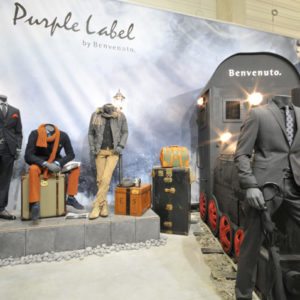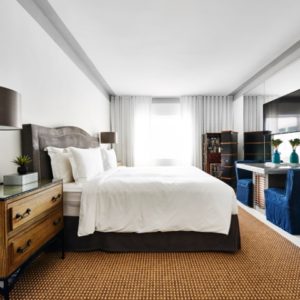
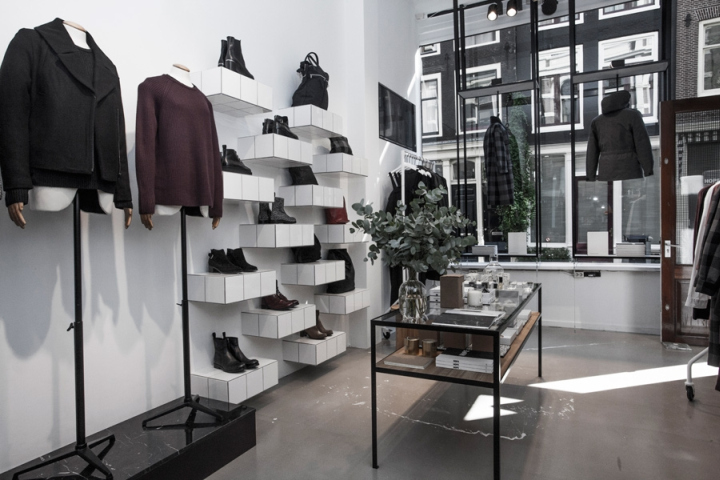

Swedish fashion brand Hope recently opened its first store outside of Scandinavia: in Amsterdam.The 125-m2 shop is located at the heart of Negen Straatjes, a picturesque but somewhat over-the-hill shopping area. Fortunately, Hope is in the bit that’s still appealing, tucked in among individual fashion and lifestyle boutiques, each with their own identity.
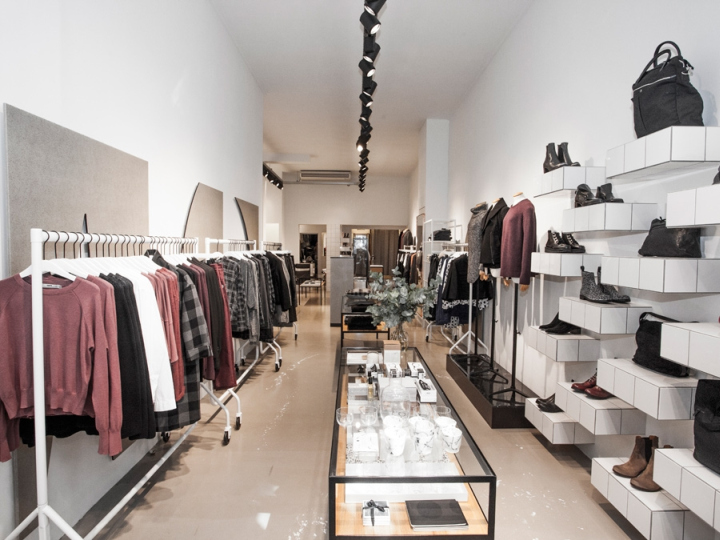
Hope is no exception: its carefully considered concept can be summed up succinctly as ‘clean simplicity, functional and black-white-grey’, thus aptly describing the merchandise on offer – wearable men and women’s clothing complimented by accessories like shoes, bags and home improvement items. Happy circumstances: there is no sign of apparently the latest thing locally, which is stuffed foxes and bell-jarred butterflies, and neither does the long, narrow space sport any green plants.
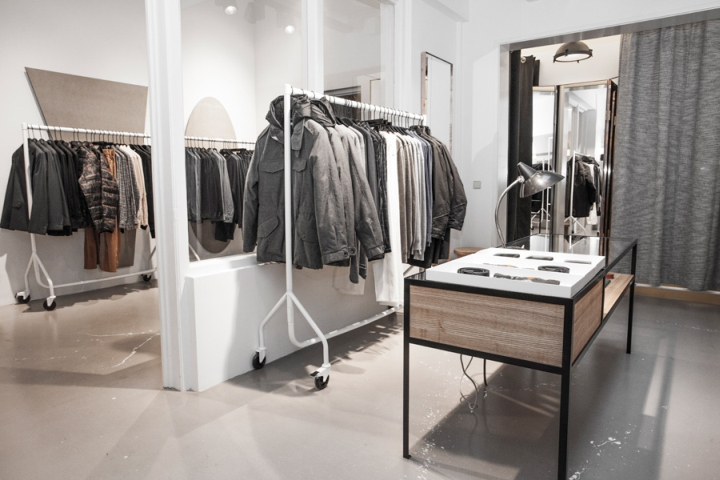
According to Hope co-founder and designer Ann Ringstrand, mobility is key in the new interior formula. All furniture is freestanding by design. Simple white-tiled displays each support a pair of shoes. In the window, outfits are suspended in thin-ribbed steel frames. Identical black-coated frames are in use as wardrobe/linen cupboards on the shop floor. To add a local touch, Ringstad approached Dutch designer Petra Blaisse’s Amsterdam-based Inside Outside to deal with the wall decorations. ‘The architect had already chosen to use Minerite plates – for the furniture as well as on the wall. They were meant to hang on the wall, half behind the clothes. There was a strict recipe in place, which was nice since this is the way we usually work,’ says Blaisse.

Blaisse was assigned 18 Minerite plates – ‘basically scrap that is used to cover sheds’, Ringstad laughs. Using this material was a find of Hope’s in-house architect, who appreciated the richness of the grey-speckled material. ‘We first thought we’d cover the 200-x-120-x-0.12-cm plates with prints.’ But Blaisse had other ideas: she preferred that the material speak for itself. ‘We tend to work rather spatially, three-dimensionally and based on the character of a material. This led us to the idea of doing something with the plates rather than printing something on them.’
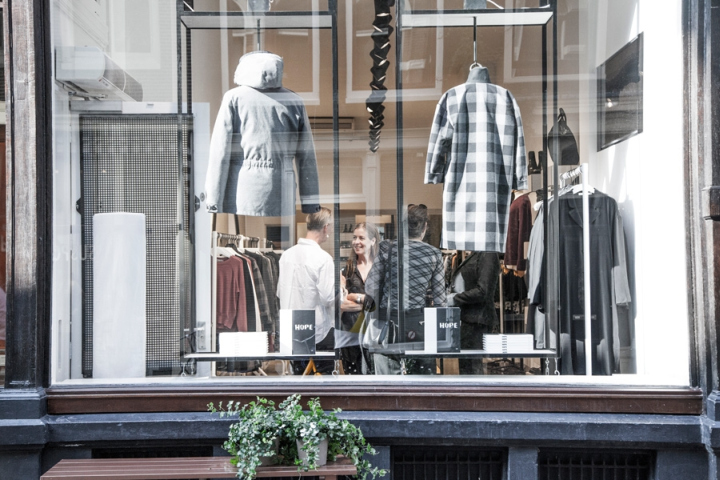
Cutting away material, she created abstract shapes. The simplest forms were found to work best and the design in that respect matches the fashion on show, says Blaisse. The result is 18 sculptural silhouettes, their plasticity enhanced by the space left between the wall and the plates. Black paint was applied to the cuts, creating wounds, so to speak. ‘They have become floating objects that create shadows and the illusion of depth and movement in the limited space,’ says Blaisse.
http://www.frameweb.com/news/hope-amsterdam




